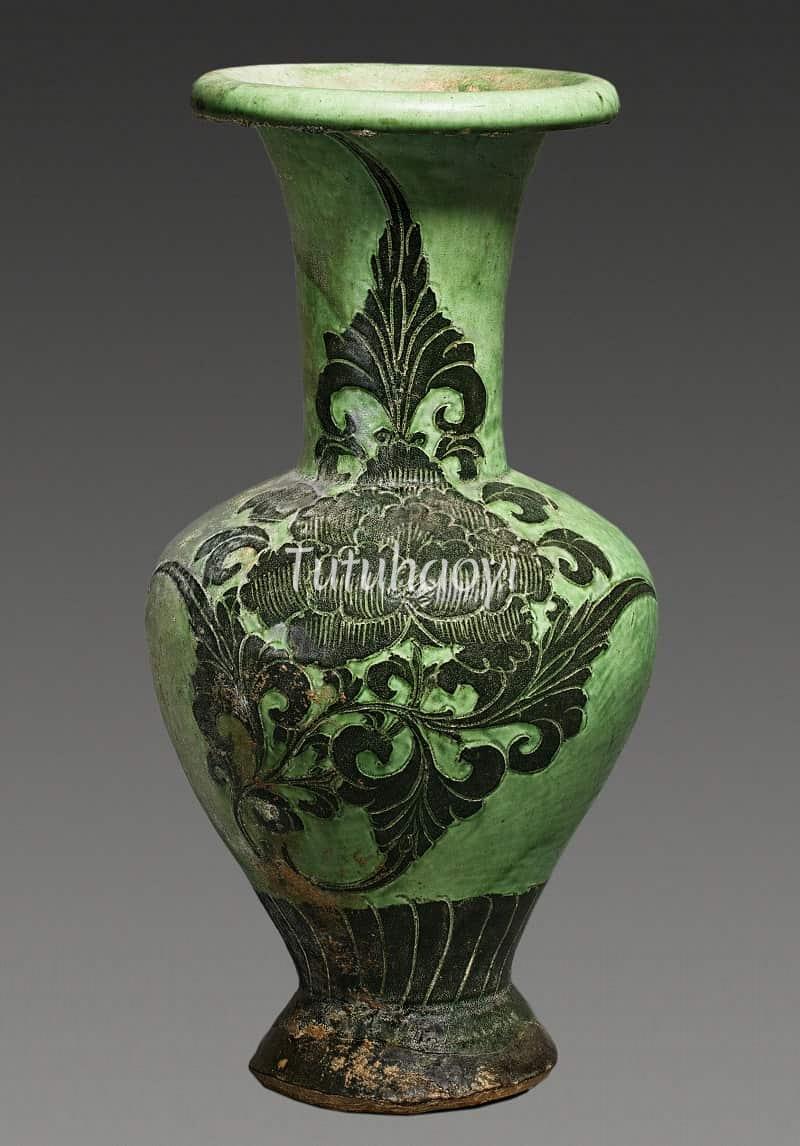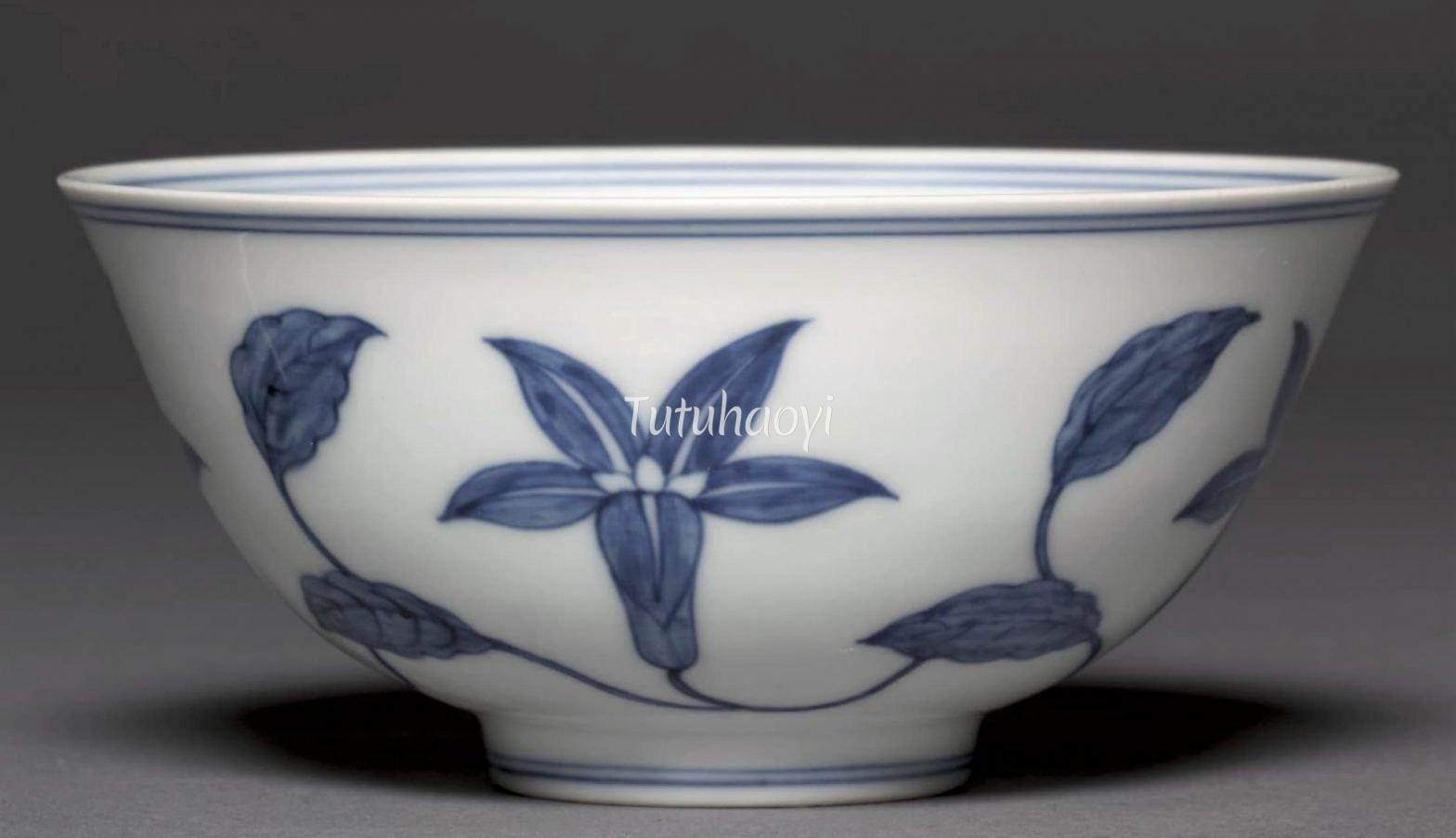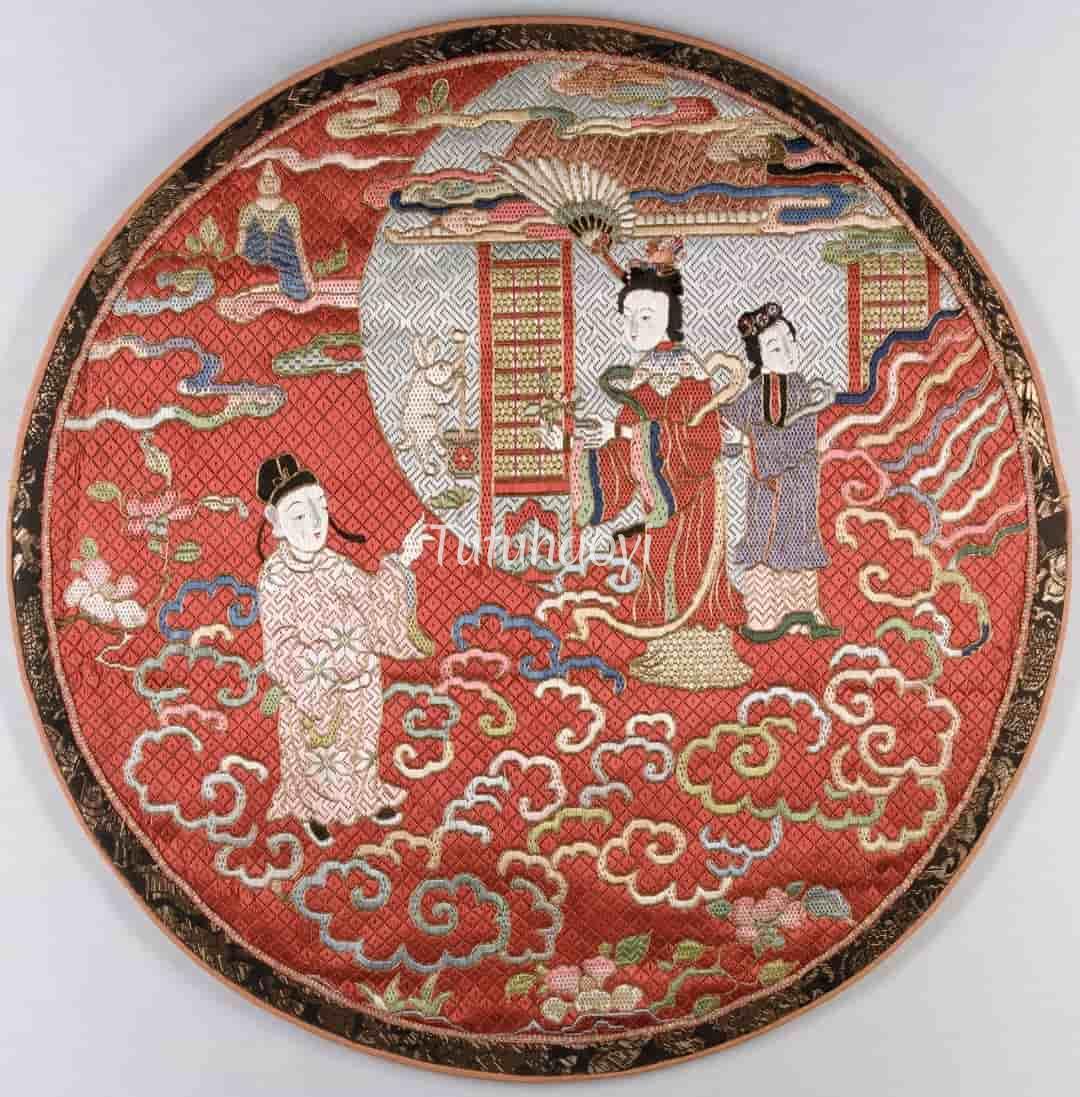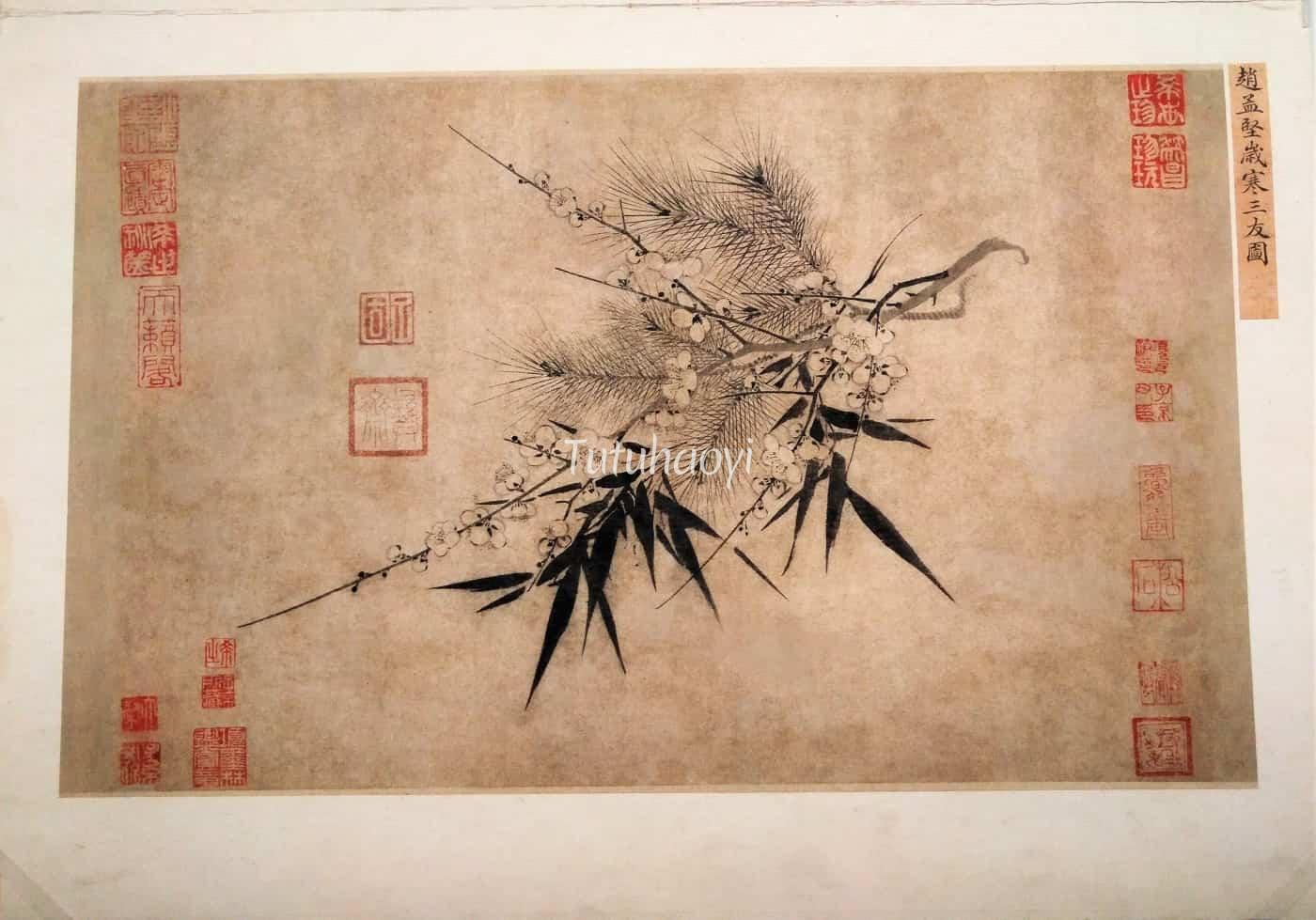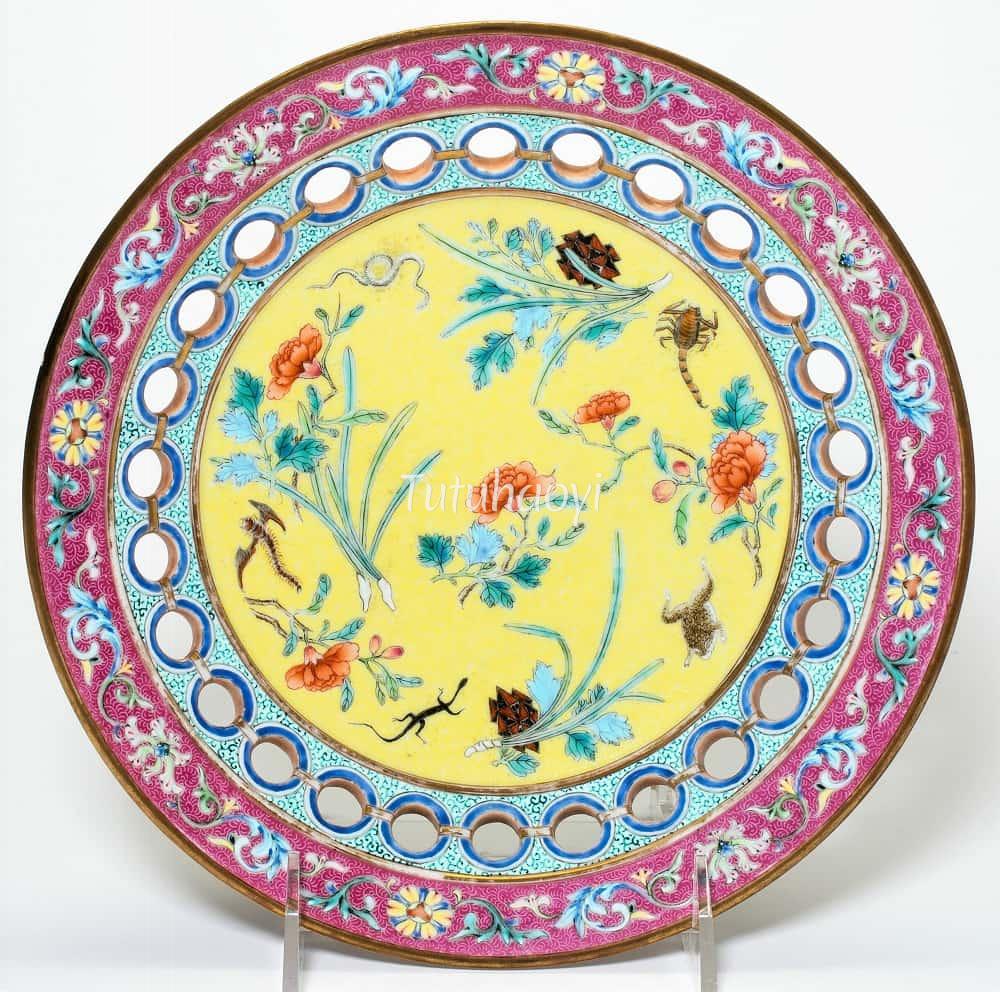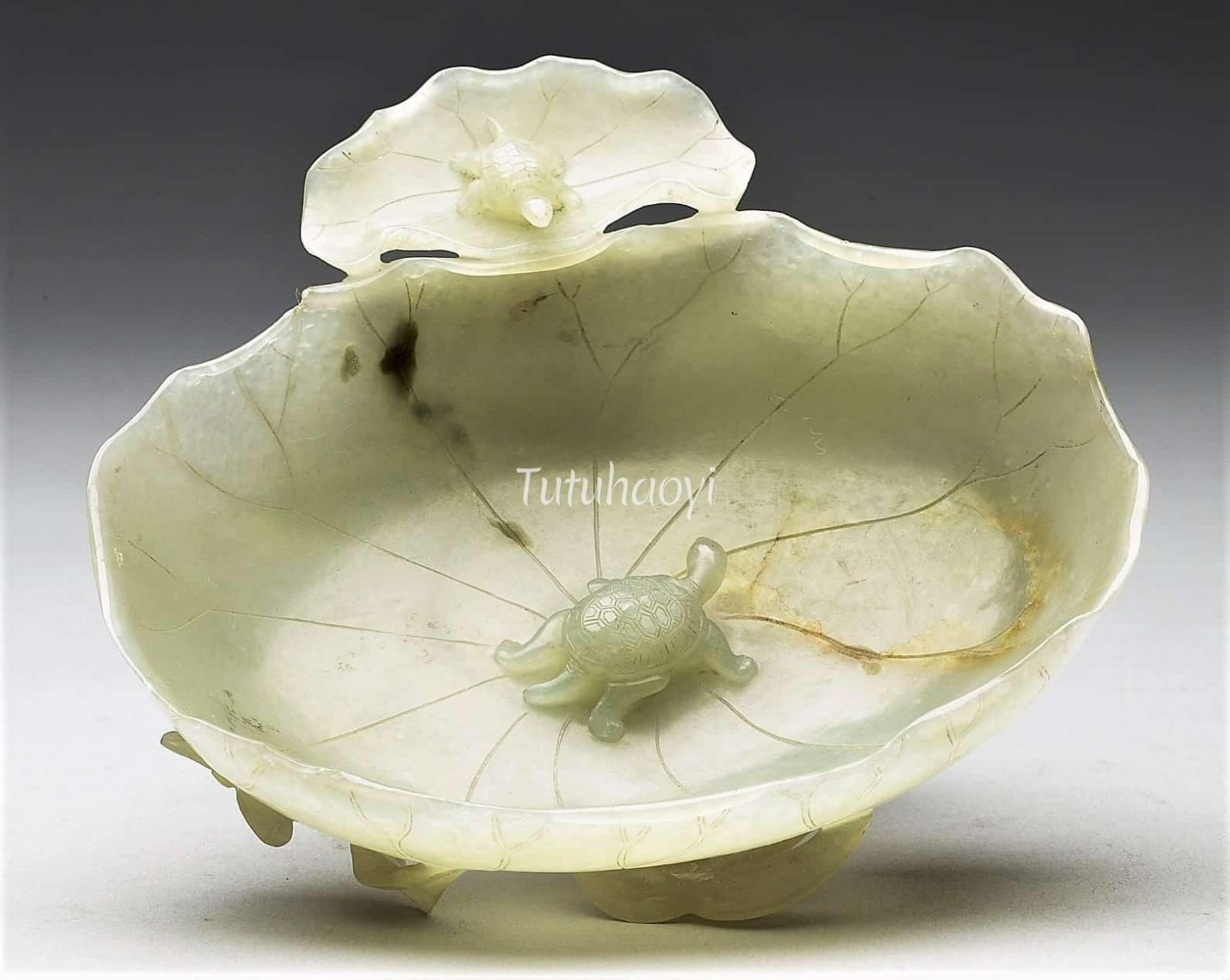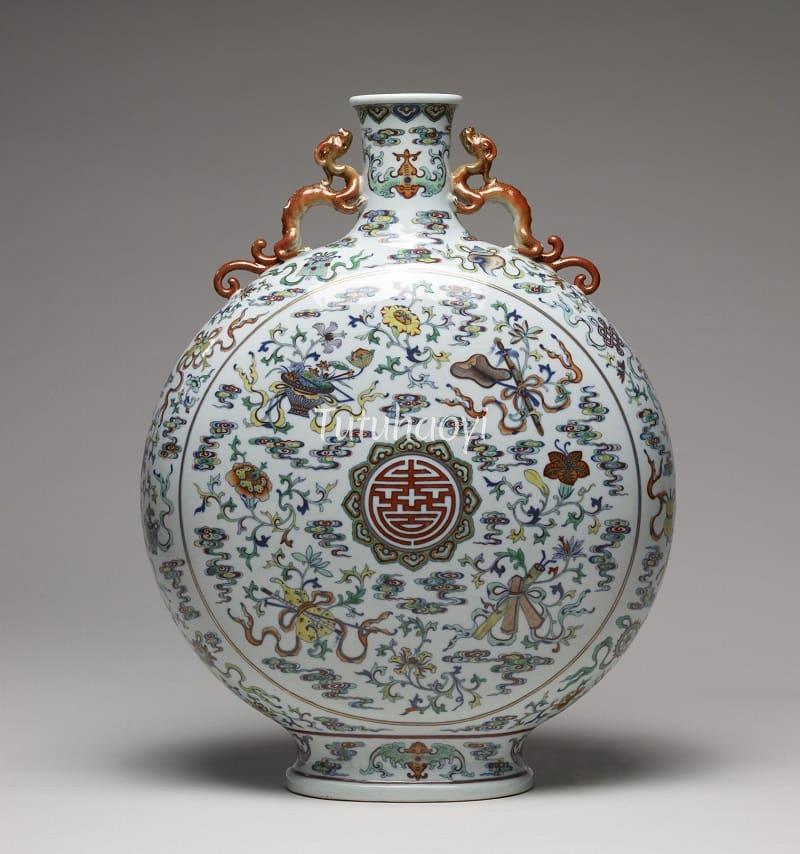- No products in the cart.
Chinese Pinyin: Mu Dan Hua
Chinese: 牡丹花
Name Of Image: Peony
Description:
The peony is traditionally considered the most prestigious flower in China. It is symbolic for power, royalty, wealth, and high rank. The ancient town Luoyang 洛阳 was famous for rare and beautiful varieties of peonies. The nickname of peony in …

